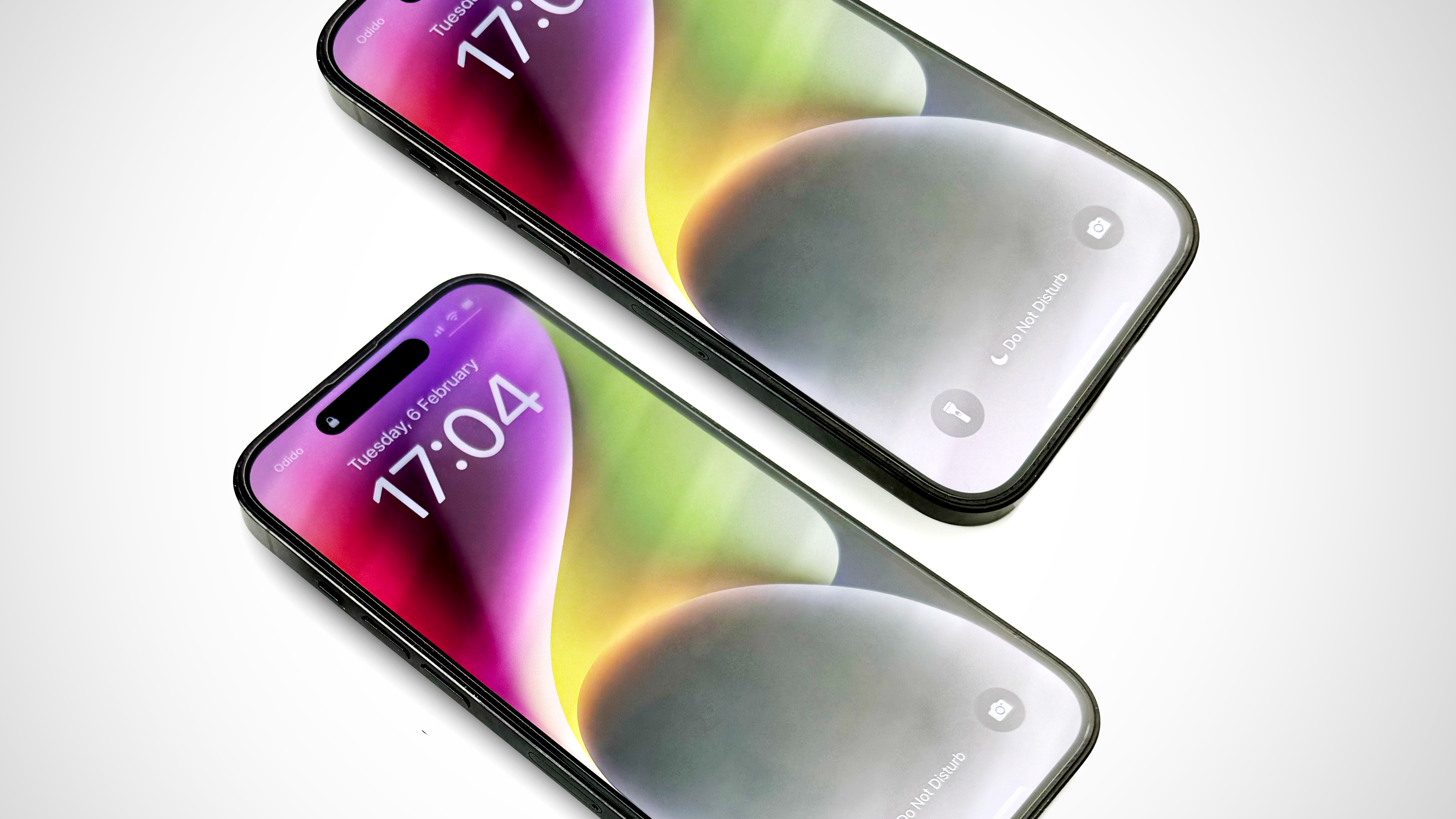05-03-2024

Understanding the distinctive features between Hard and Soft OLED screens is important for professionals in the phone repair industry. These insights undoubtedly impact both repair protocols and the overall functionality of an iPhone device. Armed with this knowledge, you can effectively advise and support your customers.
It's essential to gain a clear understanding of what OLED screens are before delving into the differentiating features between Soft and Hard OLED. OLED, derived from Organic Light Emitting Diode, is an advanced screen technology with distinctive properties compared to other screen technologies. Below is an overview of some of these features:
OLED screens can completely turn off individual pixels, resulting in deeper black tones. Unlike LCD screens where the backlight is constantly on, OLED screens are self-emitting.
Vibrant colors, high brightness, and wide viewing angles define the image quality of OLED screens, making them ideal for viewing multimedia content such as videos, photos, and games.
OLED panels can be flexibly shaped, opening up possibilities for curved or even foldable screens, introducing new design options for smartphones with unique form factors.
OLED screens generally have a faster response time than traditional LCD screens, making them suitable for viewing fast movements, such as gaming, without annoying blurring.
For more information on the features of OLED screens compared to other screen technologies, feel free to read our blog: "OLED vs. LCD".
For both Soft and Hard OLED screens, there are various pros and cons. The choice between the two depends heavily on your customers' priorities. If the consumer values affordability over screen quality, a Hard OLED screen is a suitable option. On the other hand, if the consumer prioritizes screen quality and places less importance on price, a Soft OLED screen is the better choice. It's important to ask the customer the right questions to determine which type of screen best meets their needs.
With these insights into the properties and differences between Soft and Hard OLED screens, it should now be significantly easier to provide well-thought-out advice to your customers. Through a thorough understanding of the pros and cons of each screen type, you can effectively guide customers in making an informed choice that aligns with their specific needs and preferences.
Estamos disponíveis de segunda a sexta das 09:00 - 17:00 (CET)